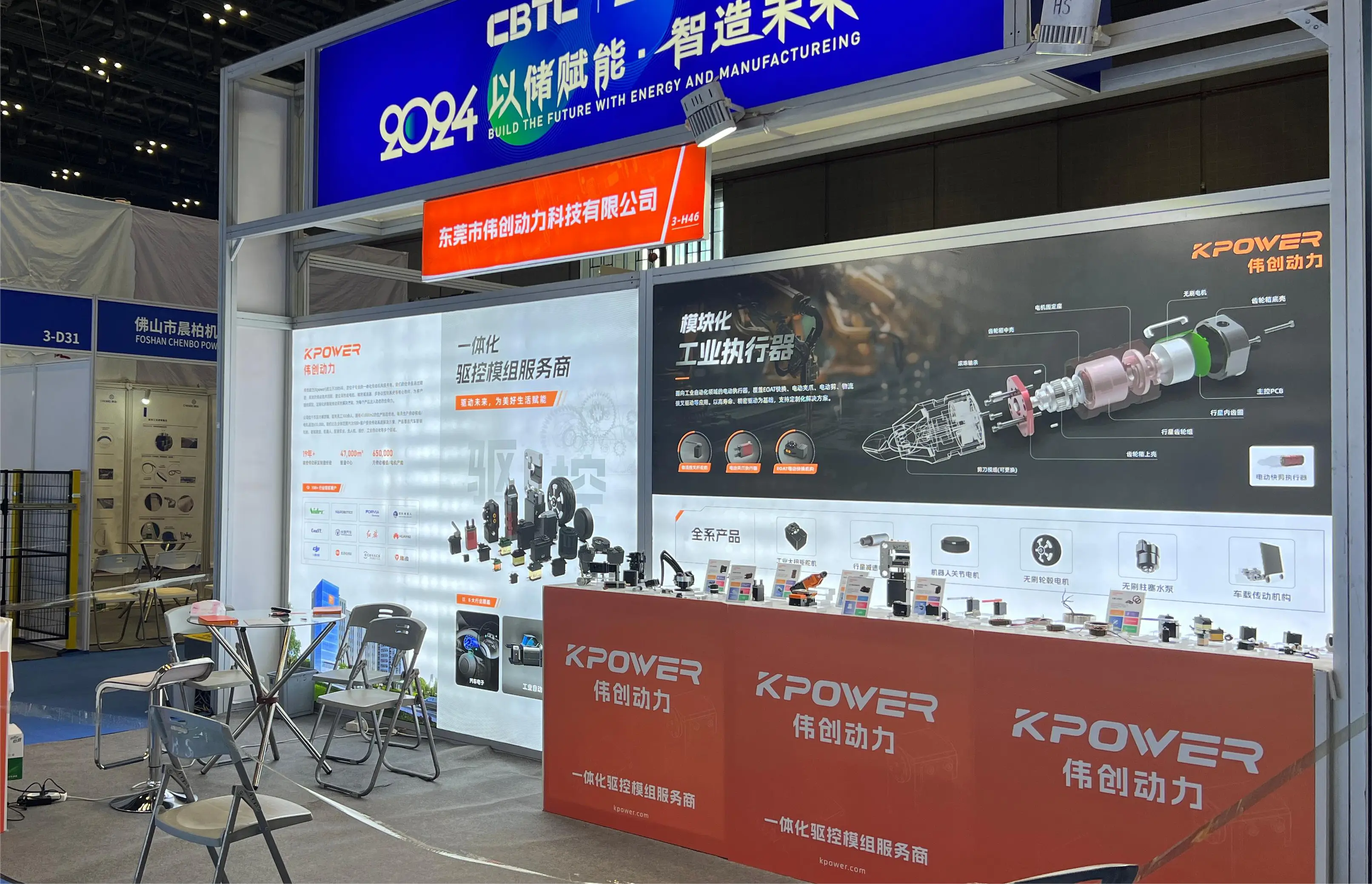Imagine this: you’re planning a big online platform, something that needs to run smoothly without a hitch. You’re thinking about how to design your backend—whether to go full throttle with a monolithic setup or break into tiny, manageable pieces. Microservices are like that—they let you split your app into bite-sized chunks, each doing its own thing, playing nicely with others. But how do you choose the best structure? That’s where different types of microservice architectures come into play.

First up is the Decomposition by Business Capability. Think of it like dividing your app based on core features—user management, payment processing, review systems. Each chunk is a mini-business unit, easy to update or troubleshoot without throwing the whole app into chaos. It’s perfect for companies that want to stay nimble, focusing on specific business areas. Imagine updating only the payment microservice to roll out a new feature, without disturbing the user profiles or comment sections.
Then there’s Decomposition by Subdomains, inspired by domain-driven design. Picture your entire platform as a complex city—different neighborhoods, each with its own vibe and function. You carve out microservices based on these neighborhoods. It’s more granular than business capability decomposition but keeps things logical. For a media platform, you might have separate microservices for streaming, advertising, and social features—each a distinct subdomain. This way, if a problem hits one part, you’re not risking the whole city.
And what about API Gateway Pattern? Think of it like the front desk of a hotel. All requests from users go through this gate, which directs them to the right microservice. This simplifies client-server interactions and makes security tighter. Plus, clients don’t need to know the ins and outs of each microservice—just pose your query at the front desk, and it’s handled smoothly. It’s especially handy when the back-end is complex and scattered.
Ever wondered how Functional Decomposition works? It’s about splitting microservices based on functions—think “shopping cart,” “search,” “recommendation engine”—each with a focused purpose. This setup promotes reusability and clarity. Developers find it straightforward to enhance or fix specific functions without breaking other parts of the system.
A good question pops up: which architecture to pick? Well, it depends on your business needs, team structure, and the kind of scalability you want. If you need fast iteration, business capability decomposition could be your friend. Looking for clear boundaries? Subdomain approach might suit best. Need control over client requests? API gateway style nails it.
Ultimately, there’s no one-size-fits-all. These patterns aren’t mutually exclusive either. Many platforms mix and match—using subdomains, API gateways, and functional decomposition together. That’s the beauty; flexibility allows your architecture to evolve as your app grows. When you’re thinking about microservices, visualize your app as a city—you get to choose the neighborhoods, the streets, or the front desk’s layout.
So, imagining your system as a lively microcosm, the architecture decisions shape not just your product’s performance but also how seamlessly it adapts to change. Effortlessly switching gears from one style to another, fine-tuning how components talk to each other, keeps everything running smoothly. The goal? Build something robust, flexible, and easy to manage—no more monolithic headaches. How you arrange those tiny services makes all the difference.
Established in 2005, Kpower has been dedicated to a professional compact motion unit manufacturer, headquartered in Dongguan, Guangdong Province, China. Leveraging innovations in modular drive technology, Kpower integrates high-performance motors, precision reducers, and multi-protocol control systems to provide efficient and customized smart drive system solutions. Kpower has delivered professional drive system solutions to over 500 enterprise clients globally with products covering various fields such as Smart Home Systems, Automatic Electronics, Robotics, Precision Agriculture, Drones, and Industrial Automation.




































